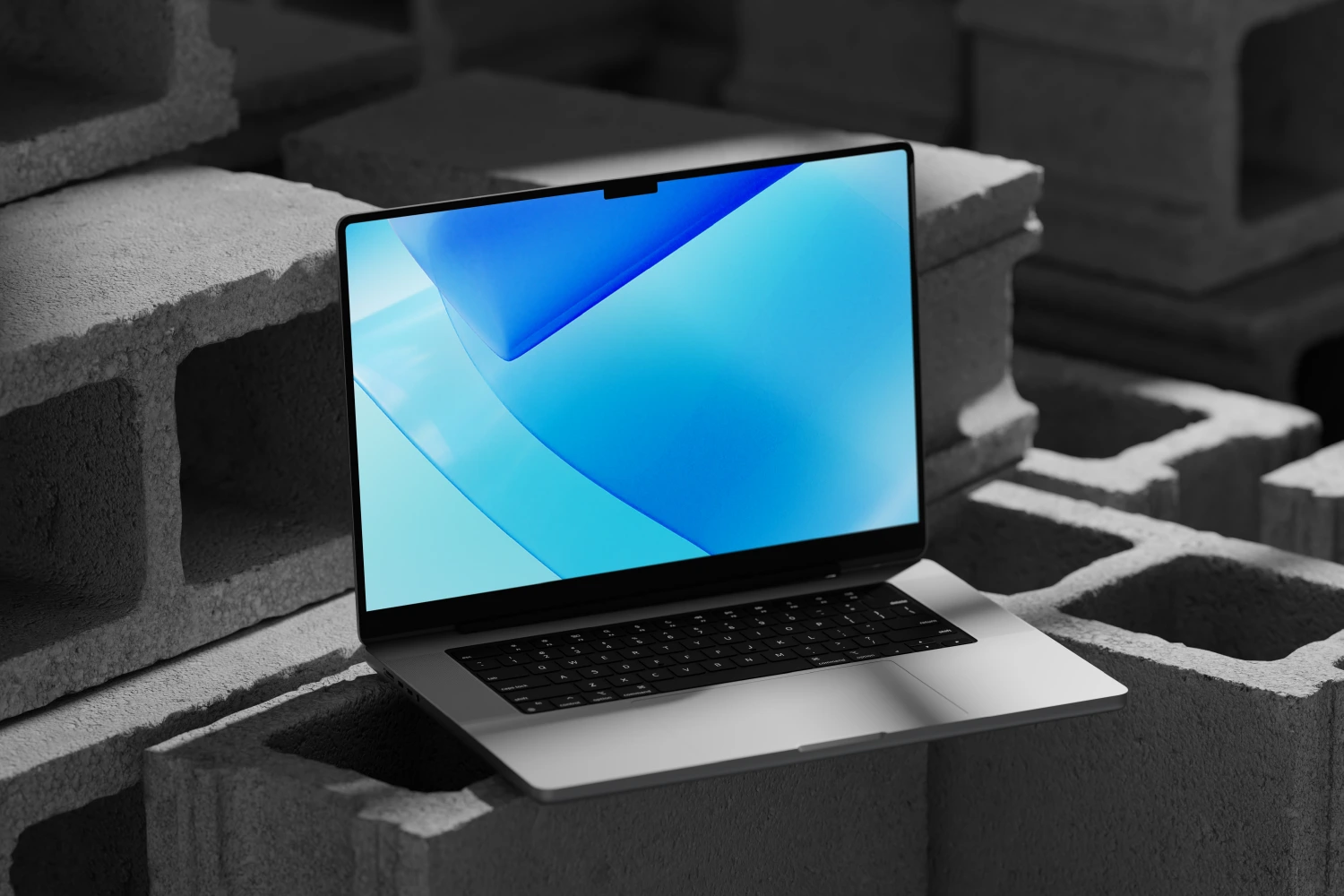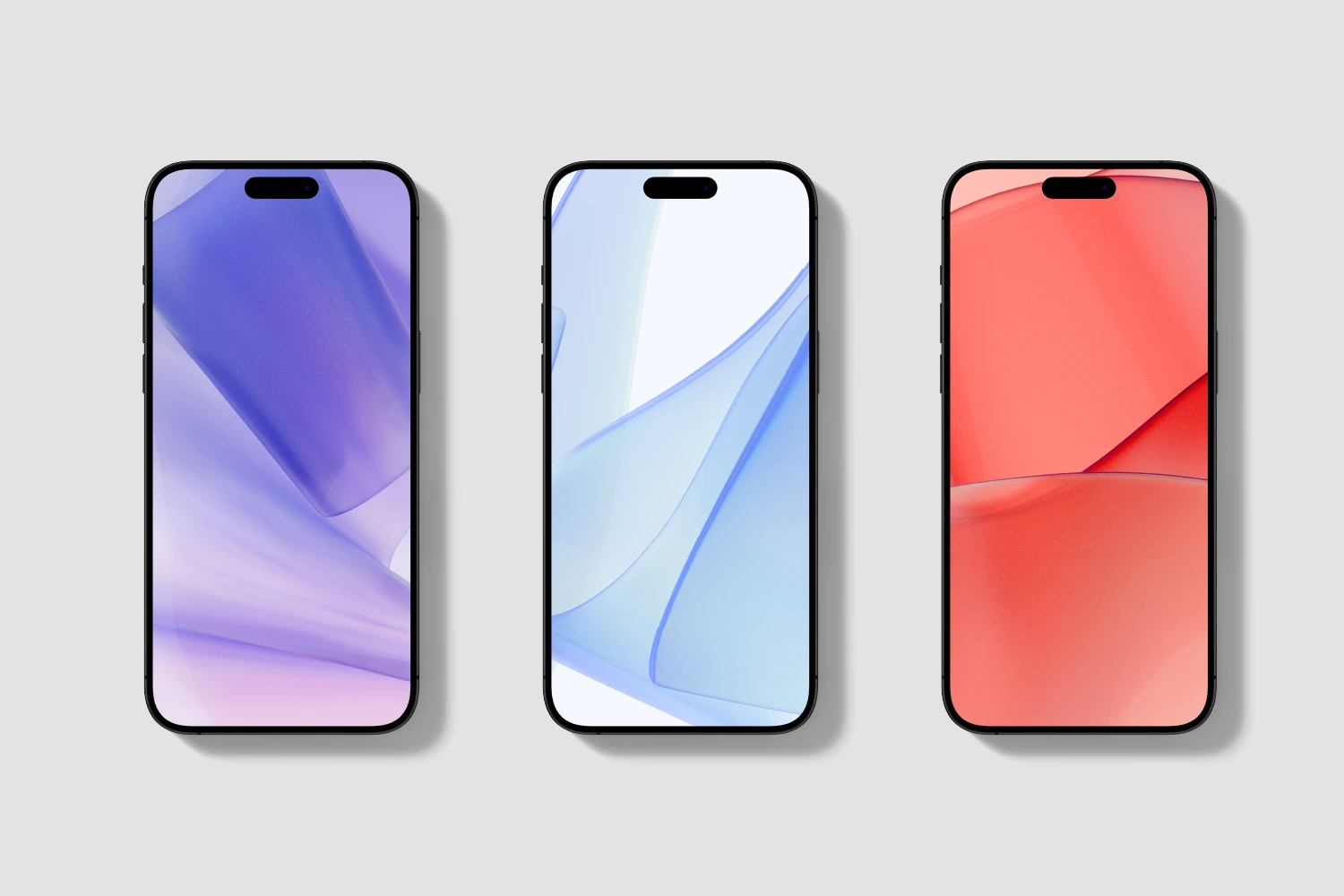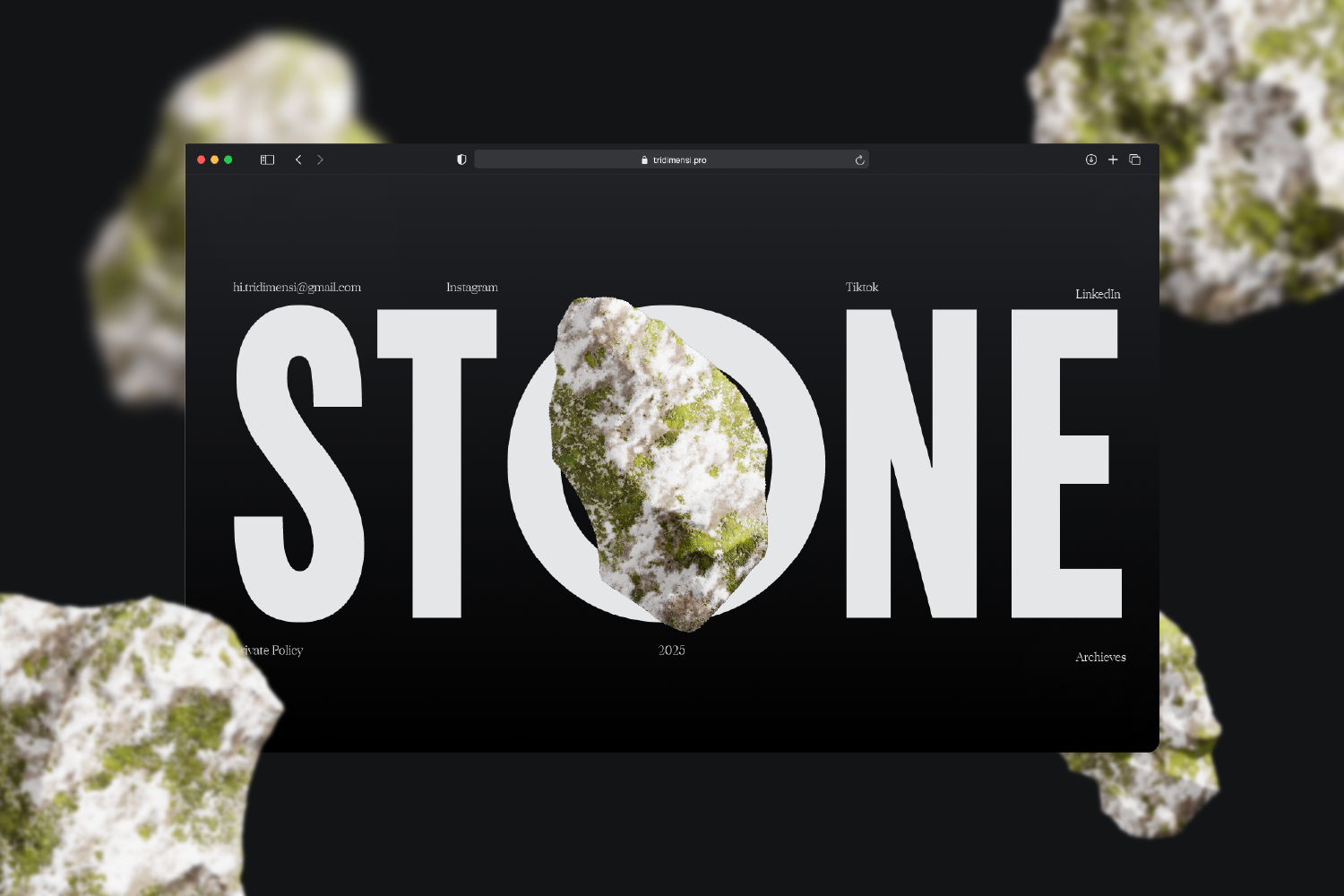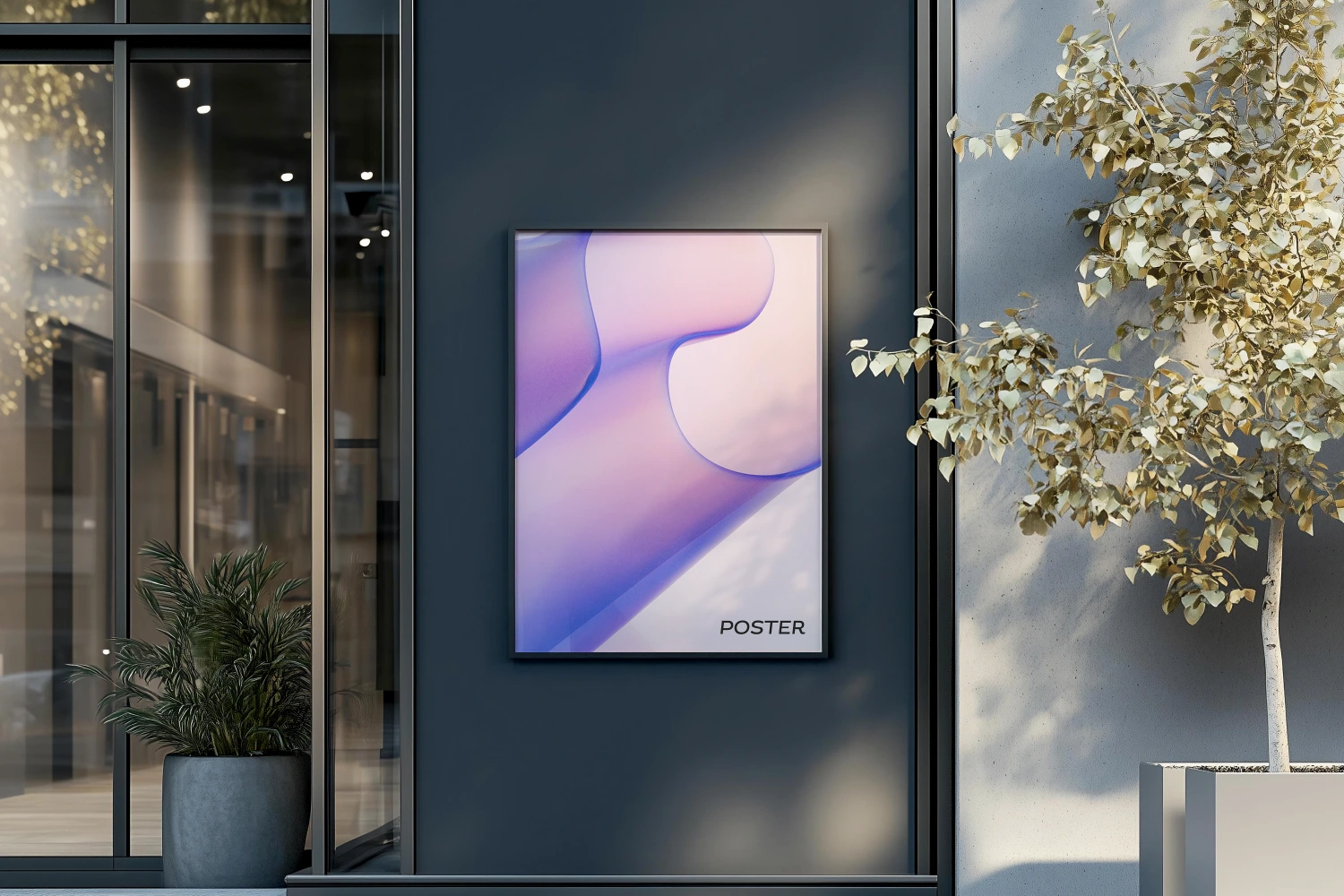Posters have a unique way of capturing attention and sparking curiosity at a single glance. They are more than just decorative art—they’re powerful communication tools that blend aesthetics with messaging. In this blog post, we’ll explore the fascinating world of posters, delving into their history, cultural significance, and modern design tips that can help you create a poster that truly resonates.
A Brief History of Posters
From their early beginnings in the days of the printing press, posters have evolved dramatically. In the 19th century, advances in lithography transformed posters from simple advertisements into vibrant pieces of art. Visionaries like Henri de Toulouse-Lautrec and Alphonse Mucha pushed the boundaries, turning everyday promotional material into collectible art. Their work not only advertised products and events but also reflected the cultural trends and social movements of their times.
Cultural Impact and Enduring Appeal
Posters serve as snapshots of history and society. Whether promoting a groundbreaking film, a political rally, or a rock concert, posters encapsulate the essence of their moment. They can inspire change, evoke nostalgia, or simply provide an outlet for creative expression. Today, vintage posters are celebrated in design museums and online collections, underscoring their lasting impact on both art and advertising.
Designing a Poster That Captivates
Creating an effective poster is both an art and a science. Here are some essential tips to keep in mind:
- Understand Your Audience: Tailor your design and message to the interests and tastes of your target viewers.
- Focus on Clarity: A strong poster conveys its message at a glance. Use bold headlines, clear imagery, and minimal text to ensure your main idea isn’t lost.
- Create Visual Hierarchy: Direct the viewer’s attention with varying text sizes, contrasting colors, and strategic layout. This helps highlight the most important parts of your message.
- Balance Text and Imagery: Striking the right balance ensures that your poster is both informative and visually appealing.
- Include a Call to Action: Whether it’s an invitation to an event or a prompt to explore more information online, a clear call to action can turn viewers into participants.
Embracing the Digital Revolution
While traditional printed posters still hold a special place, the digital age has expanded the possibilities of poster design. Digital posters can incorporate animation, interactive elements, and even augmented reality, reaching audiences far beyond physical walls. Social media platforms and websites have become the new gallery spaces for digital poster art, making it easier than ever for creators to share their work with a global audience.
Tools and Trends for Modern Designers
Today’s designers have an arsenal of tools at their disposal to craft stunning posters. Software such as Adobe Illustrator, Photoshop, and user-friendly platforms like Canva provide endless templates and design elements that simplify the creative process. Keeping an eye on trends—like minimalist design, bold typography, and vibrant color schemes—can help your poster stand out in a crowded digital landscape.
Final Thoughts
Posters remain an enduring medium, bridging the gap between art and communication. Whether you’re a seasoned designer, a marketing professional, or simply a lover of art, posters offer a canvas to express ideas, evoke emotions, and inspire change. As both historical artifacts and contemporary masterpieces, posters remind us that creativity and communication go hand in hand, shaping how we see and interact with the world around us.
Embrace the art of the poster, and let your message be seen, heard, and remembered.






